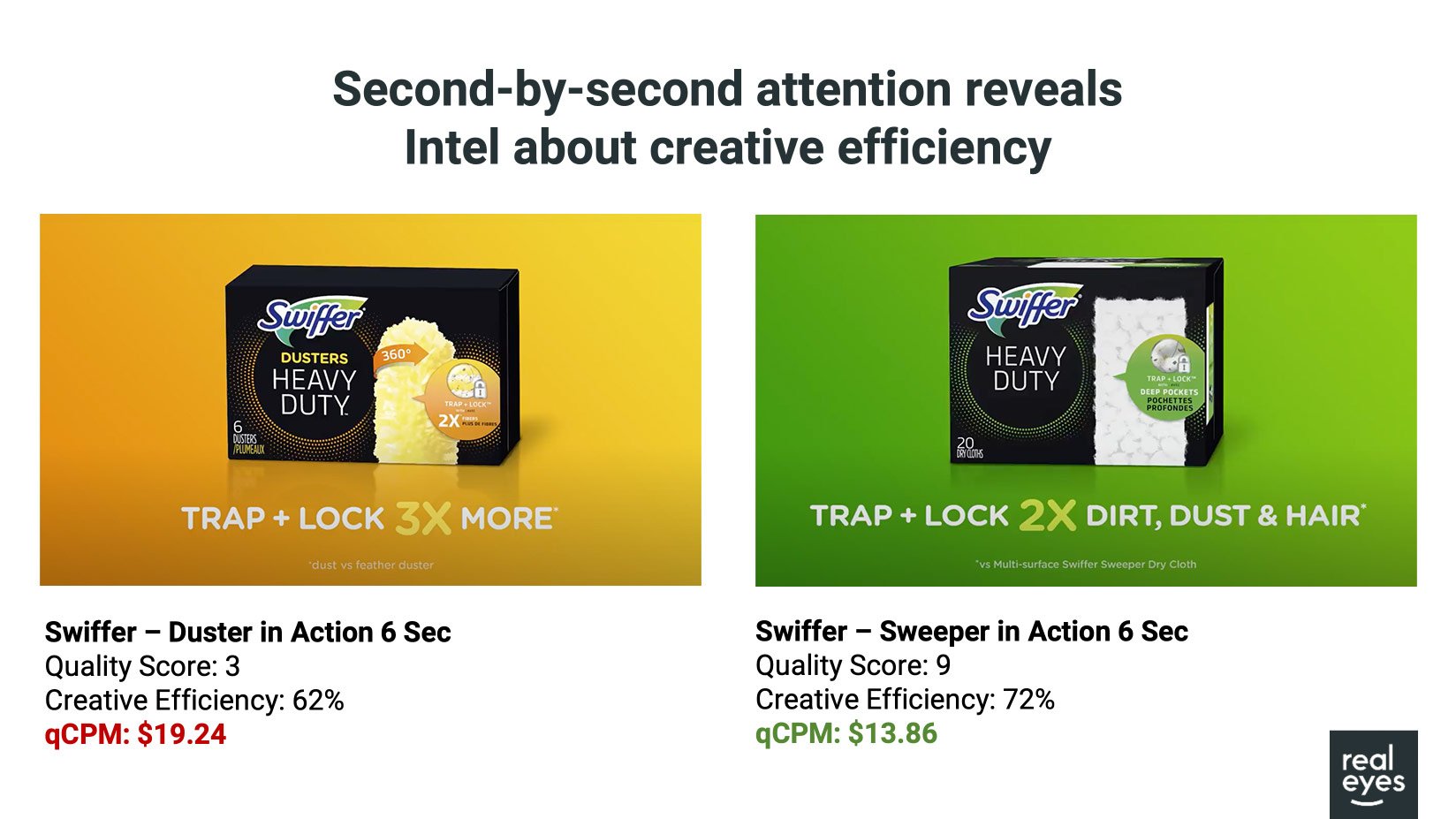
Attention Top of Mind at ARF Summit

Keith O'Brien
Realeyes was in full force at The Advertising Research Foundation’s (ARF) Summit last week: Attention Metrics: Moving from Laboratory to Field Applications.
 The Summit featured advertising leaders discussing the progress attention has made and what is required to make it a prevailing metric that drives business outcomes.
The Summit featured advertising leaders discussing the progress attention has made and what is required to make it a prevailing metric that drives business outcomes.
The key takeaway, judging by the audience and panelists, is that the advertising world is convinced of the importance of attention metrics and growing value. Data-driven media professionals are leaning in, though creative professionals lag in awareness and adoption.
As our VP of marketing, growth Max Kalehoff, said to the audience during his presentation: "Where are the creatives?"
Max shared our key learnings on the role of creative attention, while others from Anheuser-Busch InBev, Havas Media Group, and OMD USA shared experiences in media attention.
Max's presentation, How Managing Creative Attention with Humanity Can Drive Outsized Brand Outcomes, focused on how creative attention can reinvent share of voice (SOV) models.
He shared a recent study of 42 ads from seven CPG cleaning brands, demonstrating how human presence can better capture and retain attention, while improving creative efficiency.
Realeyes found that the common trope of showing an actor struggling to clean a mess can achieve the unintended consequence of reducing creative efficiency of that video. Inefficient creative makes achieving quality exposures more expensive.
Two similar Swiffer six-second ads showed the importance of even small changes.
One ad, which featured a human using the product to clean up a mess, performed poorly, with a Realeyes attention Quality Score of 3 and a Creative Efficiency of 62%.
A similar Swiffer six-second ad, with the same music and narrator, showed the product in action, but without the human controlling it, giving off a more effortless feeling. The human arrived at the end, marveling at the clean floor. This ad achieved an attention Quality Score of 9 and Creative Efficiency of 72%. The effective cost difference in achieving 1,000 quality exposures in paid media is 28%!
He also discussed our Mars, Incorporated award-winning case study, where our system of creative attention measurement enabled up to an 18% sales lift in key markets, and $30M worth of ads optimizations.

Other panels and keynotes shared their organizations' approaches to attention measurement.
Laurel Van Tassel, Senior Media Director, Global Marketing Anheuser-Busch InBev, shared how her company used the “crawl, walk, run and fly” methodology to embrace attention over viewability. They knew viewability was suboptimal and prone to gaming, so they made incremental improvements to their performance tracking with attention metrics.
A panel debated the definition of attention in advertising and whether attention was ready for prime time.
Dr. Duane Varan, CEO of MediaScience and Hark Connect, implored the audience that the focus should not be on "attention" but "inattention," as not all attention is positive.
"Attention is a foot in the door for your message; if you don't have attention, nothing else works," Varan said. The goal, he added, is getting past the inattention threshold.
There was a robust debate on what exactly constituted attention, where some participants said there must be an agreed-upon definition before it's ready for advertisers to use broadly.
But Marc Guldimann, Founder and CEO of Adelaide, strongly countered that it would be advertising malpractice to ignore good data while waiting for the perfect definition.
"You can't tell people to wait until we have a standardized definition of attention to buy it over viewability," Guldimann said. "Buyers with better data outperform those with bad data."
And as our own Max Kalehoff suggested, “Attention metrics matter when you can reliably point to the performance lift.”
